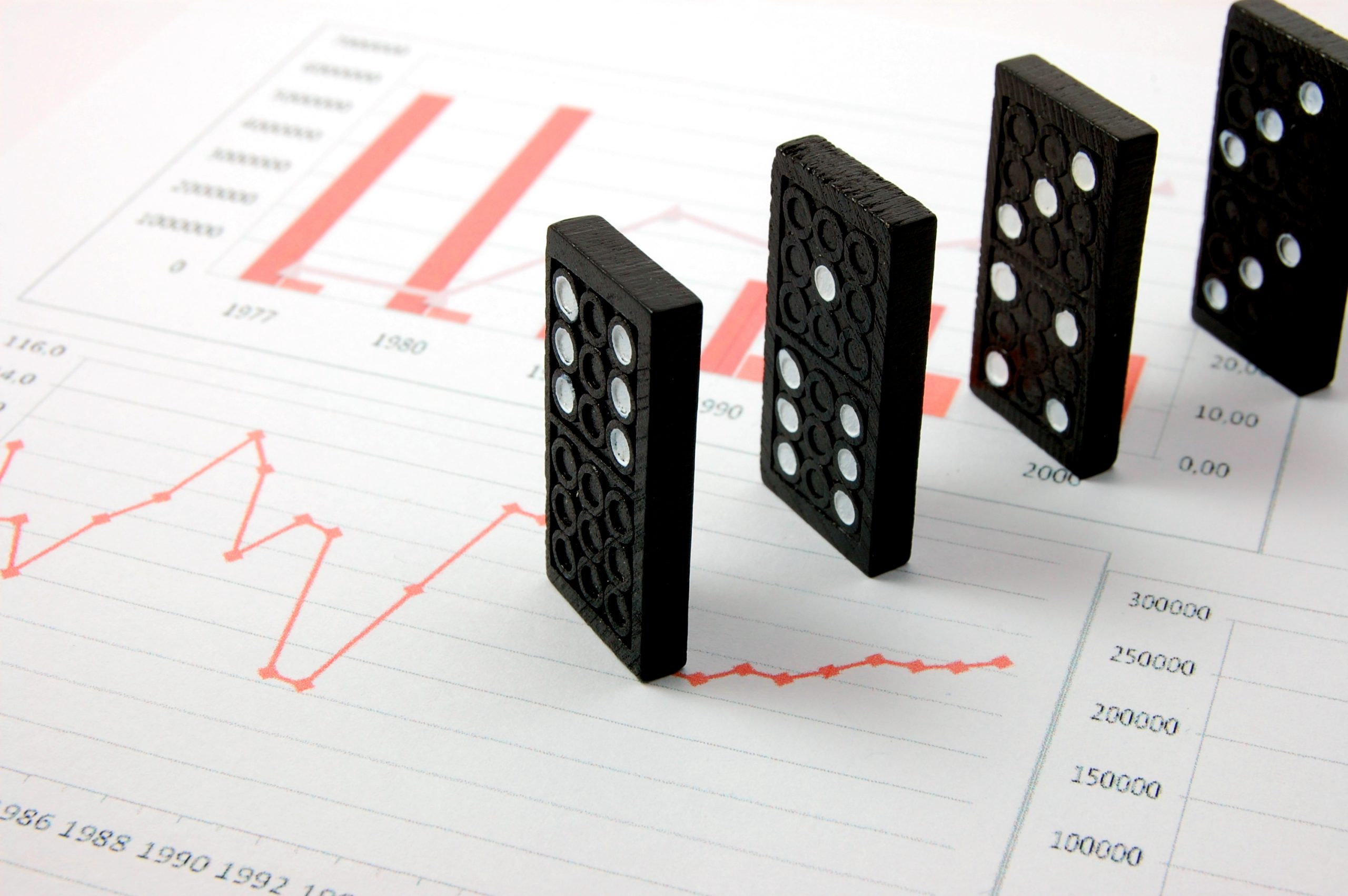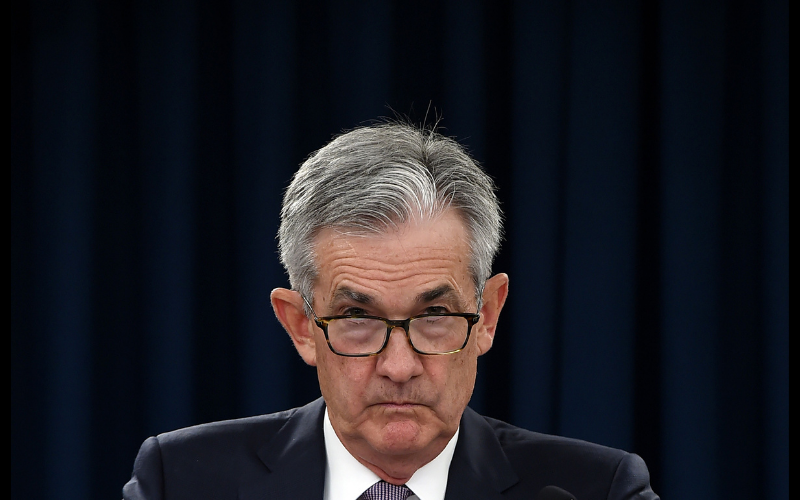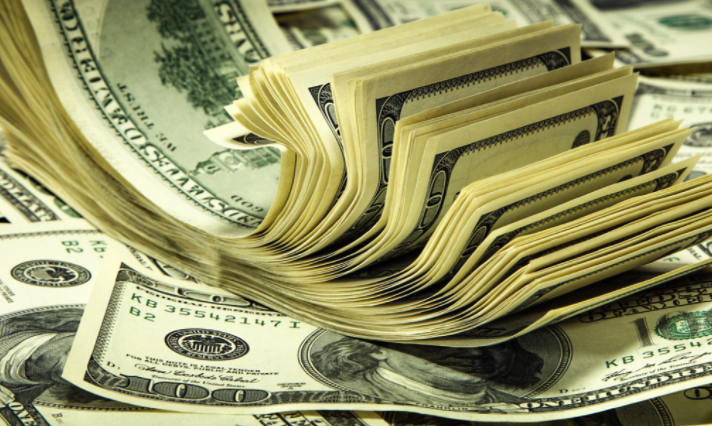Daily FX Market Roundup 11.08.2021
By Kathy Lien, Managing Editor
The U.S. dollar traded lower against all of the major currencies on Monday despite a good jobs report and a rise in Treasury yields. The greenback typically takes its cue from yields as a brighter outlook for the U.S. economy spurs rate hike expectations which can create demand for the greenback. However over the past week, we’ve seen the correlation diminish with the dollar completely decoupling from yields in the last 24 hours. Granted, one day of divergence shouldn’t raise any concerns, but between today’s decline in the dollar in the face of rising yields and its weakness after strong payrolls, investors are beginning to wonder what is going on with the greenback. Risk appetite is not the answer because stocks hit record highs on Friday and Monday yet USD/JPY traded lower both days.
Why is the dollar decoupling from yields? To start, U.S. yields are not the only yields rising. German, Canadian and Australian yields also moved higher on Monday. On a percentage basis, German, Canadian and Australian bond yields rose more than U.S. yields today which, explains the outperformance of EUR, CAD and AUD versus the U.S. dollar. The rise in yields (or drop in bond prices) is a global and not U.S. story. Also U.S. inflation numbers are due for release this week and economists are looking for hot numbers that will add pressure on the Federal Reserve to consider rate hikes next year. At the same time, some U.S. dollar traders are worried that the stickiness of inflation could squeeze consumers in the coming months. With the Fed meeting over, U.S. policymakers took to the podium today to talk about rate hikes and there is growing support for two rounds of tightening in 2022. Some investors are worried that consumer demand and U.S. growth could slow on the combination of less stimulus and high prices.
With that said, euro’s resilience is impressive. The European Central Bank is one of the most dovish central banks, data has mixed and now countries across Europe are grappling with a fourth coronavirus wave. Germany reported its highest number of daily cases since the pandemic began. Cases in Greece, Russia and the Ukraine are also hovering near record highs. So far, cases in Italy, France and Spain remain contained but the German government expanded booster shots to all adults in a rush to contain the outbreak. Health Minister Spahn says “the country’s fourth coronavirus wave is now in full force.” EUR/USD should be trading lower and not higher.
The New Zealand dollar’s outperformance is surprising as well. Like Germany, New Zealand is struggling with record breaking COVID-19 cases. Despite 90% of the population receiving their first jab, new cases in New Zealand hit record highs. However with the Reserve Bank raising interest rates, investors are joining the central bank in looking past the pandemic. The government seems to be doing so as well as Auckland, the country’s largest city is widely expected to go ahead with easing restrictions slightly on Tuesday. Non-essential businesses, libraries, zoos and museums can reopen with social distancing restrictions and mask requirements. The number of people permitted at outdoor gatherings will also increase from 10 to 25. The Reserve Bank became one of the first major central banks to raise interest rates and their confidence in the economy is starting to spread.
The Canadian dollar on the other hand was one of the weakest performers. Oil prices rebounded slightly but WTI rejected the 20-day SMA. Last week’s disappointing jobs report appears to have residual impact on the loonie. Sterling rebounded after Bank of England Governor Bailey said they will act if they see wages pushed higher by inflation expectations. The Australian dollar is firmer as well. Business confidence numbers are due for release this evening and we are looking for their outlook to improve as weather and fewer restrictions boost economic activity.





